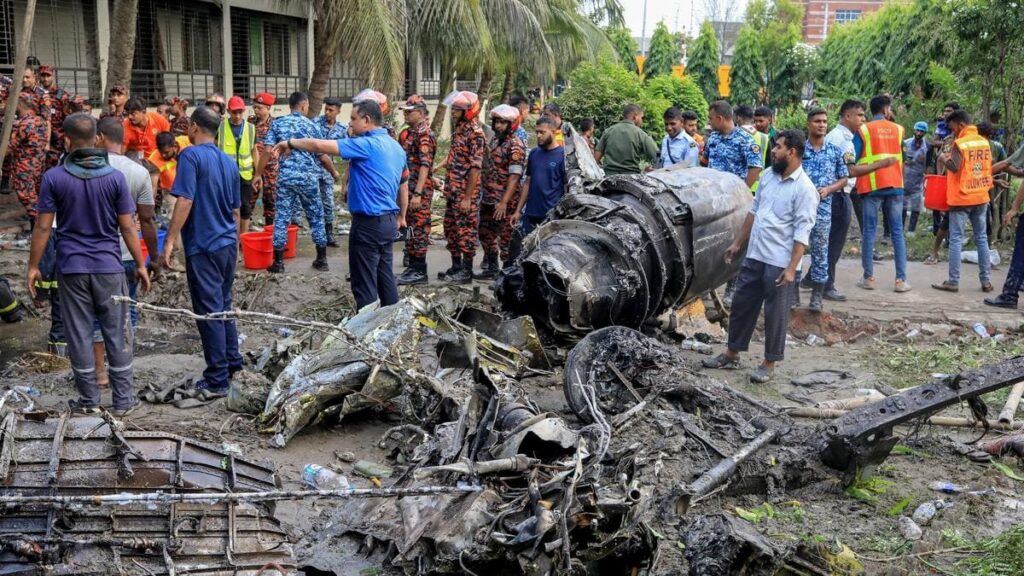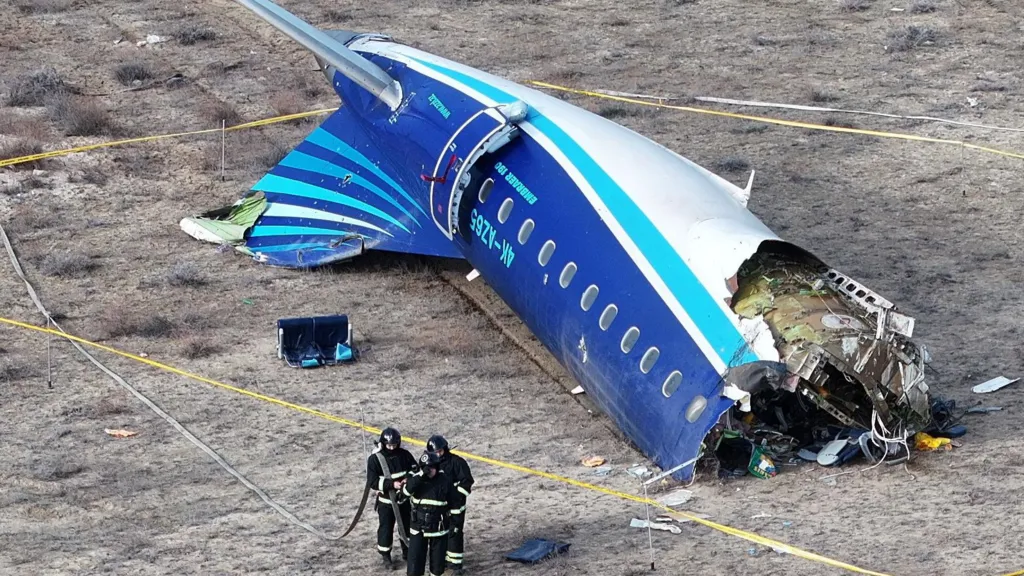In a somber twist, a passenger plane was reported to have crashed in Russia’s Far East, carrying more than 40 passengers, according to initial reports by Reuters. The aircraft, which was an Antonov An-24, had lost contact with air traffic control as it descended at Tynda, a town deep in the Amur region that borders China. The authorities fear that all passengers and crew may have been killed, although search and rescue is still under way.
Plane Catches Fire During Flight
Witnesses reported seeing a plume of smoke rising from over the wooded area near the intended runway. The plane was on a local flight from Tynda to Blagoveshchensk, carrying 43 people and 6 crew, including children. The wreckage has been located by rescue crews, with the confirmation of the plane catching fire after the crash in a remote woodland area.
The Russian Ministry of Emergency Situations announced that over 100 rescuers and several helicopters have been dispatched to the crash site. It is, however, difficult to access due to terrain and persistent fires running along the fuselage.
Aviation’s Tragic Week
The Russian crash is the third fatal aviation accident in over a month, following recent disasters in Bangladesh and India, which shocked the world.
Bangladesh Air Force Plane Crashes into School, Kills at Least 27
Just three days prior, on July 21, 2025, a Bangladesh Air Force F-7 BGI trainer plane crashed into Milestone School & College in Dhaka, causing a blaze that killed at least 27, most of whom were students at the school. The crash occurred just minutes after takeoff from Kurmitola Air Base.
The pilot, as stated by authorities, attempted an emergency turn to avoid a densely populated residential complex but lost control and crashed into the school complex. The ensuing blaze engulfed two floors of classrooms, and more than 160 were injured. The pilot also perished in the crash.

The Bangladeshi government declared a day of mourning, but protests erupted throughout Dhaka, with demonstrators demanding increased flight safety and clearer lines of demarcation between civilian and military zones.
Suggested Read: 38 Dead as Bangladesh Air Force Aircraft Crashes into School in Chattogram
Air India Flight 171 Crash: Suspected Fuel Switch Error
Air India Flight 171, a Boeing 787 Dreamliner flying from Ahmedabad to London, crashed just after takeoff on June 12, 2025, and killed 260 individuals, 241 on board and 19 on the ground. The aircraft allegedly lost both engines 32 seconds into takeoff, crashing into a nearby college hostel.
Preliminary investigations suggest that cockpit fuel switches were mistakenly turned off, disabling both engines. Cockpit voice recorders picked up confusion among the crew seconds before the aircraft nosedived. Only one passenger miraculously survived the crash.
India’s Directorate General of Civil Aviation (DGCA) has called for the mandatory installation of cockpit video recorders in all commercial aircraft following the incident.
Questions of Safety and Accountability
With three deadly crashes in less than six weeks, there is a demand for a rapid international review of air safety rules, especially in aging fleets and military flights near cities.
- Russia’s crash has questioned the operation of elderly Soviet aircraft like the Antonov An-24.
- Bangladesh has questions to answer on why its fighter jets continue to conduct training operations near schools and residential areas.
- India’s tragedy has sparked controversy over crew training, cockpit surveillance, and mechanical safety.
Recommended Read: Air India Crash Sparks Pilot Outrage
Mourninq Across Borders
The world mourns as hundreds of families experience unimaginable grief. In each of these crashes, children, students, and families were trapped in moments of ordinary life flying home, going to school, or commuting before disaster hit.
As investigations continue, aviation authorities worldwide are being urged to ensure that safety is never compromised, regardless of borders, budgets, or bureaucracy.
